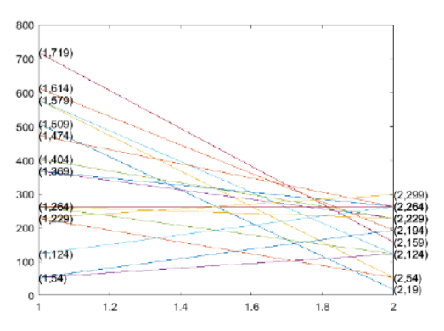


Indian Journal of Science and Technology
Year: 2022, Volume: 15, Issue: 6, Pages: 227-236
Original Article
A Daniel Raj1*, P Venugopal2, N Padmapriya1
1Department of Mathematics, Sri Sivasubramaniya Nadar College of Engineering (Autonomous), 603110, Kalavakkam, Chennai, India
2Mathematics, School of Science and Humanities, Shiv Nadar University Chennai, Chennai, India
*Corresponding Author
Email: [email protected]
Received Date:11 October 2021, Accepted Date:20 January 2022, Published Date:16 February 2022
Objectives: To propose an automatic signature identification for off-line signature utilising graph theory approaches. Methods: Scanned signatures (Kaggle, https://www.kaggle.com/divyanshrai/handwritten-signatures/data) are collected for off-line signature data. The method follows pre-processing, vertex point extraction by midpoint traverse method, features extraction using edge, average edge and average edge D-distance and Support Vector Machine (SVM) to classify and predict the true label for the genuine and forged signatures. False Acceptance Ratio (FAR) and False Rejection Ratio (FRR) give the accuracy of the proposed methods. This off-line signature verification method is compared with the deep learning techniques existing in the literature. Findings: Support Vector Machine (SVM) used for classification and results on standard signature datasets like ICDAR (International Conference on Document Analysis and Recognition). The results demonstrate how the proposed strategy outperforms the state-of-the-art already available. Novelty: The proposed approach use the edge distance, average edge distance, and average edge D-distance inbuilt graph structures to extract the feature points.
Keywords: Signature images; grid approach; bipartite graph; complete bipartite graph; mid point traverse method
© 2022 Raj et al. This is an open-access article distributed under the terms of the Creative Commons Attribution License, which permits unrestricted use, distribution, and reproduction in any medium, provided the original author and source are credited.
Published By Indian Society for Education and Environment (iSee)
Subscribe now for latest articles and news.